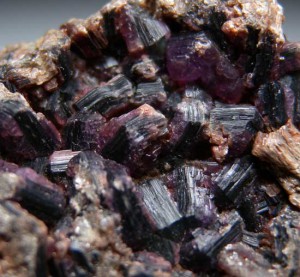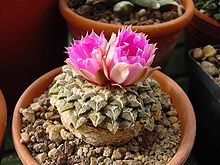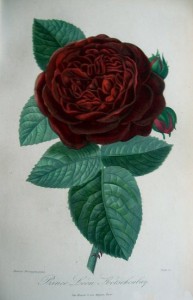 The author of this muscial number was Princess Elisabeth Vassilievna Kotschoubey (née Kotschoubey) (1821-1897) who was a well known composer of both Russian and French popular songs in Russia and later in France. She was married to her third cousin, Prince Leon Viktorovitch Kotschoubey (1810-1890) and they died childless. Together they bought the land in Nice to build the Palais Kotchoubey. Construction on the building began in 1878 and four years later it was still unfinished. At that point, it was sold to an English family, Thompson as the couple lost patience with the pace of the works. The Kotschoubeys bought another property in Mont Boron above Cap Ferrat. Ironically, the palace was completed by its new English owners but today is still known as the Kotschoubey Palace or the Musée des Beaux Arts in Nice.
The author of this muscial number was Princess Elisabeth Vassilievna Kotschoubey (née Kotschoubey) (1821-1897) who was a well known composer of both Russian and French popular songs in Russia and later in France. She was married to her third cousin, Prince Leon Viktorovitch Kotschoubey (1810-1890) and they died childless. Together they bought the land in Nice to build the Palais Kotchoubey. Construction on the building began in 1878 and four years later it was still unfinished. At that point, it was sold to an English family, Thompson as the couple lost patience with the pace of the works. The Kotschoubeys bought another property in Mont Boron above Cap Ferrat. Ironically, the palace was completed by its new English owners but today is still known as the Kotschoubey Palace or the Musée des Beaux Arts in Nice.
Monthly Archives: January 2015
Recipe of the Day: Partridge a la Kotschoubey
From The Derrydale Game Cookbook By Louis P. de Gouy
Casserole of Partridge à la Kotschoubey
…The original recipe requires the larding of the bird with small sticks of black truffles. This is optional. Cook a cleaned, wiped dry partridge in 2 tablespoons of butter, in a casserole placed over a medium-sized fire until golden browned on all sides, for 30 minutes and covered, turning the bird often (the bird should be trussed as you would an ordinary chicken). Turn the bird in an earthenware casserole. Surround it with a generous half cup of cooked Brussels sprouts, first parboiled then cooked in brown butter; add also 1/4 cup of small dices or cubes of salt pork, rather lean, sautéed also in butter. Pour over 3 tablespoons of Demiglacé sauce. Adjust the cover and set the dish in boiling water for 5 long minutes to mellow. Serve in Casserole.
Weird Fact No. 3: Kotchoubey Cactus
Again from the horticultural passions of Prince Leon Victorovitch Kotschoubey another species of plants named for the family: Ariocarpus kotschoubeyanus is a member of the cactus family, found in Mexico where its natural habitat is the hot desert. (see: wikipedia entry)
Weird Fact No. 2: The Prince Leon Kotschoubey Rose
Named after Prince Lev Victorovitch Kotschoubey who was a passionate horticulturalist at his family’s estate of Dikanka and in France where he was made a member of the French Horticultural Society in 1851.
It is described as a hybrid perpetural which was bred in 1852 and is described by Marest as bright carmine-red, vividly shaded, large, double, very beautifully cupped, effectual.
Weird Fact No. 1: Klinochlor (Kotschubeite)
Kotschubeite / Kochubeite:
see : Mineral Atlas (German) or
Definition: a rose-red mineral consisting of a chrome-bearing clinochlore found in the district of Ufaleisk, Southern Ural Russia  which was discovered by the emininent mineralogist Piotr Aradievitch Kotschoubey
which was discovered by the emininent mineralogist Piotr Aradievitch Kotschoubey
кочубеит (хромсодержащая разновидность клинохлора)


